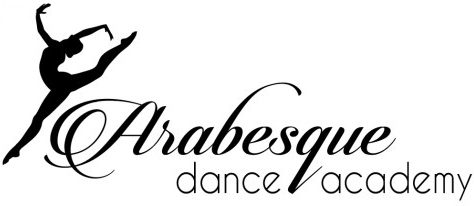Vogue dance is a style of performance and dance that arose from the Harlem gay ballroom scene in the 1960s. It has since become a worldwide subculture.
Voguing was created by members of the queer community that were unable to find acceptance in mainstream society. The ballroom scene served as a safe space where people could express themselves and be who they truly were. The dance was a form of activism and a way for the LGBTQ+ community to show that they were not alone in their struggles against society.
Today, voguing is an established dance style that can be found in most large cities throughout the United States. It is also practiced internationally in Paris, Berlin, Tokyo and other major metropolises.
The dance evolved from a mixture of dance styles that were popular at the time. This included a variety of forms from the 1920s and 1930s including pantomime, ballet, figure skating and modern dance.
In the early days, vogue dance was mostly performed by men in clubs and upscale restaurants. However, over the years the dance has expanded to include women.
Female vogue dancing varies slightly from male voguing but still has a lot of the same movements. This includes hand and arm posing, catwalks, duckwalks, spins and dips.
This style of vogue is known for its feminine appearance and a wide range of posing techniques. It is often called “dramatic” and has been influenced by both breakdance and martial arts. It also features a number of poses on the floor like fan kicks, kneeling and rolling.
It can be hard for new voguers to know where to start with this style of dance because there are so many variations. There are three subgenres that voguers practice: Old Way, New Way and Fem.
Old Way voguing is a more athletic version of the style that uses many of the same movements as New Way voguing but adds in hand and arm poses, catwalks, duck walks and dips. The hand and arm posing is more angular and rigid than the moves in the New Way style.
New Way vogue is more feminine than the Old Way style and focuses more on a dancer’s body. It uses a variety of posing techniques from ballet to modern dance, with some gymnastic moves mixed in.
Typically, it is very fast and has impressive tricks and twists. It is also very flexible.

Some of the more difficult vogue moves include dips which are sudden falls backward that catch the dancer before hitting the ground. There are also many different versions of this move including the “death drop.”
Voguing is a style of dance that has been around for decades and continues to evolve as it is practiced in the gay ballroom culture. It has been popularized by Madonna and is a staple in many fashion shows and commercials today.
Regardless of the style you choose to practice, vogue is a powerful expression of self-love and body positivity. It can be a gateway to a broader culture that you may not have had access to before.





